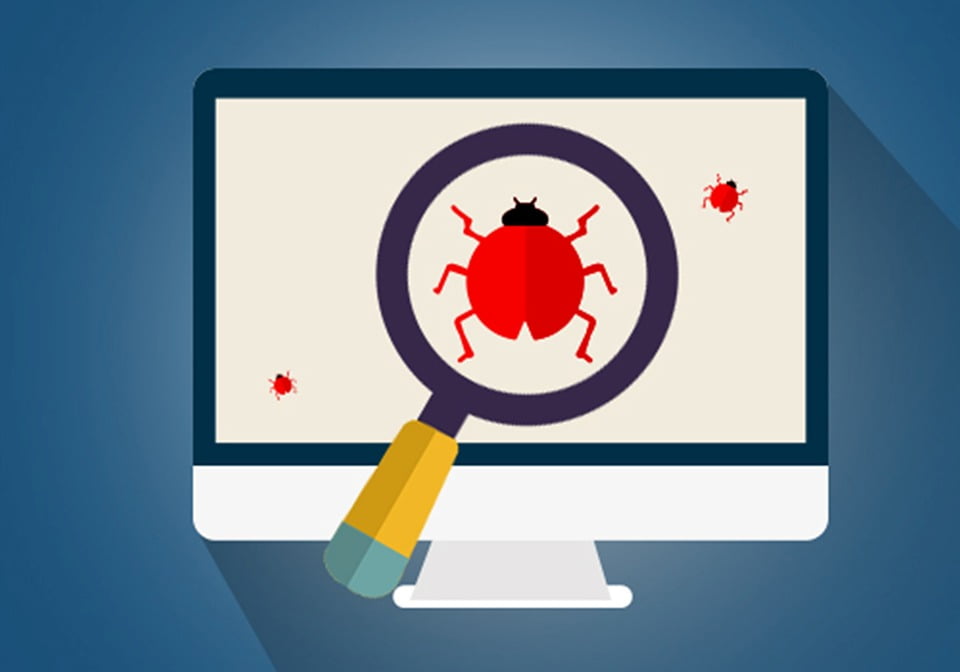This guide will tell you how to know your network exposure and running services on your edge device like a firewall or router and how to monitor network exposure using ScanTitan.
What is network exposure monitoring?
With the rate at which hackers are exploiting services behind open ports, it is very important to conduct network exposure monitoring.
Network exposure simply refers to how your internal network is exposed to the public. In order words, it is the list of open ports where the internal network accepts the connection.
To regulate network exposure monitoring, you have to understand the concept of network ports. Internet servers may include many running services: for example, an email server that enables people to send and receive mails or an HTTP server that lets you browse the scantitan.com page. And this is where the ‘port’ concept comes in.
Network ports are the communication endpoints for a machine that is connected to the internet. That is when a service listens on a port, it accepts data from a client application and process it and communicate a response or better put a port is a way to help network devices identify, establish and transmit data from one side to the other.
You can continue reading about open ports in Wikipedia here.
Why is it important to discover and close unwanted open ports?
- Network open ports can pose a security threat: Since a port allows communication to or from the device, open ports can pose a security risk as every open port on a network device may be used as an entry point by cybercriminals. They also serve as vulnerabilities that can allow a hacker to exploit services on your network. Carrying out open ports monitoring and an open port which is not needed for functionality is detected, it is recommended to close it to block any attacks targeting it.
- Hackers take advantage of port scanning: Port scanning is part of the first phase of a penetration test that gives room and access to find all network open ports available on a target system. Hackers are using the port scanning to discover the network exposure and then trying to exploit the services behind those open ports to penetrate your network. If those services are unpatched, a hacker can easily take advantage of the system by running a simple port scan to discover the open port. It is advisable to run an open port scan before a hacker does and ensure open ports monitoring.
- Code found in the server software are often exploited: Malicious client application such as malware, bots, scripts often exploit code found in the server software and act as a service, waiting for connections from a remote attacker to enable him to have unauthorized access on the remote machine. It is therefore essential to close unused ports in your personal computers, to block public access to any services which might be running on your computer without your knowledge, whether it is due to legitimate services being misconfigured or the presence of malicious files.
- To prevent intrusion: Knowing all network open ports and carrying out open ports monitoring can help prevent intrusion. Even though your official netblocks are registered properly, old internet connections might pose as open pots to your organization. These connections have usually been set up in the past for better maintenance access but can become an ultimate network exposure toward your most confidential information. This is one reason why all ports should be tested and network open ports should be monitored to achieve an in-depth security verification.
- Hackers hijack public network address: Hijacking public network addresses are becoming a more common practice of cybercriminals and it is increasing at a fast rate. When a hacker detects network exposure and successfully hijacks the unique address of an organization, he redirects visitors or customers from the network address to his own. The attacker can then easily mislead the customers by serving a phishing website o other malicious files and steal their personal or financial information. Closing unused ports are like shutting the door on hijackers. That is why it is considered best practice to close any ports that are not associated with a known legitimate service.
How can I monitor my network exposure with ScanTitan?
Closing network open ports entail knowing which ports are required by the services on a network. Once, you know which ports must remain open, then you can scan using the ScanTitan vulnerability scanner to identify open ports that might be exposing your system to cyber-attack.
To ensure open ports monitoring, ScanTitan offers a package called Network Exposure Monitoring.
Network Exposure Monitoring: ScanTitan network exposure monitoring detects and scans all public network addresses you use. We at ScanTitan discover which addresses are publicly exposed and alert you into possible misuse.
Also, whenever there is a change in your network exposure, we alert you because these unique addresses need to be protected to secure access to your network and prevent any form of a cyber attack.
The major advantage of using ScanTitan online scanner to scan all public network addresses is that it gives you an external view of your system as they are seen by any hacker from the internet and helps you carry out open ports monitoring to monitor from outside as sometimes you forget some open ports or some unauthorized person configure these ports.






